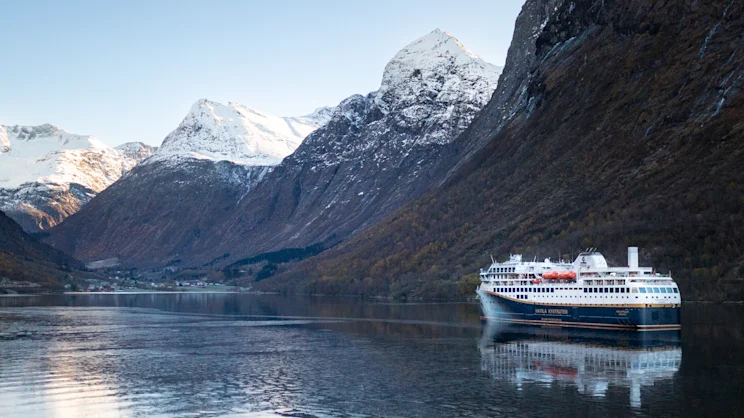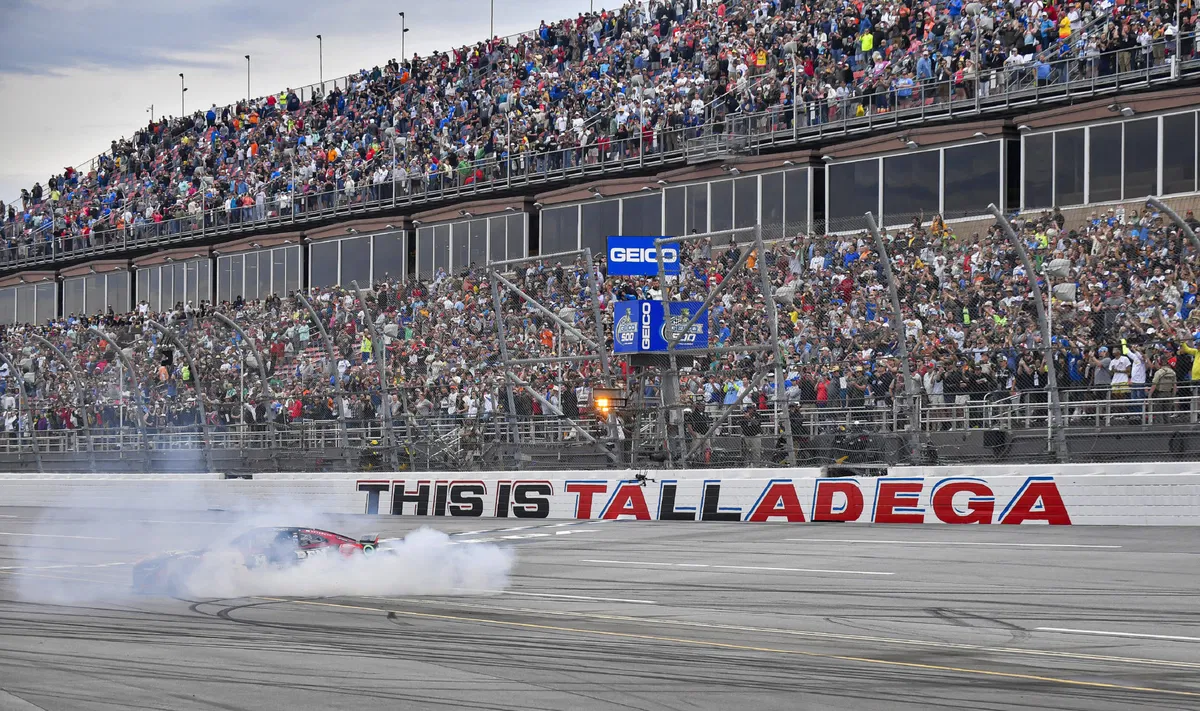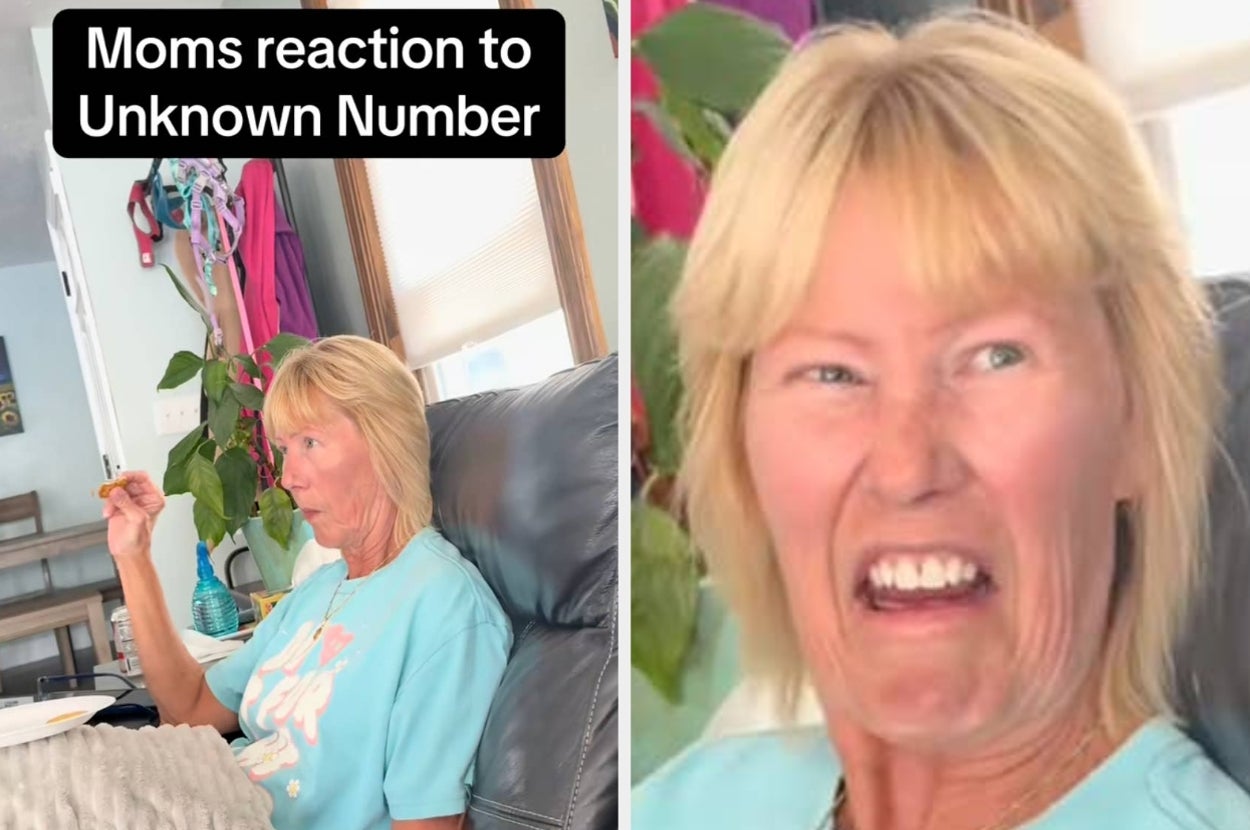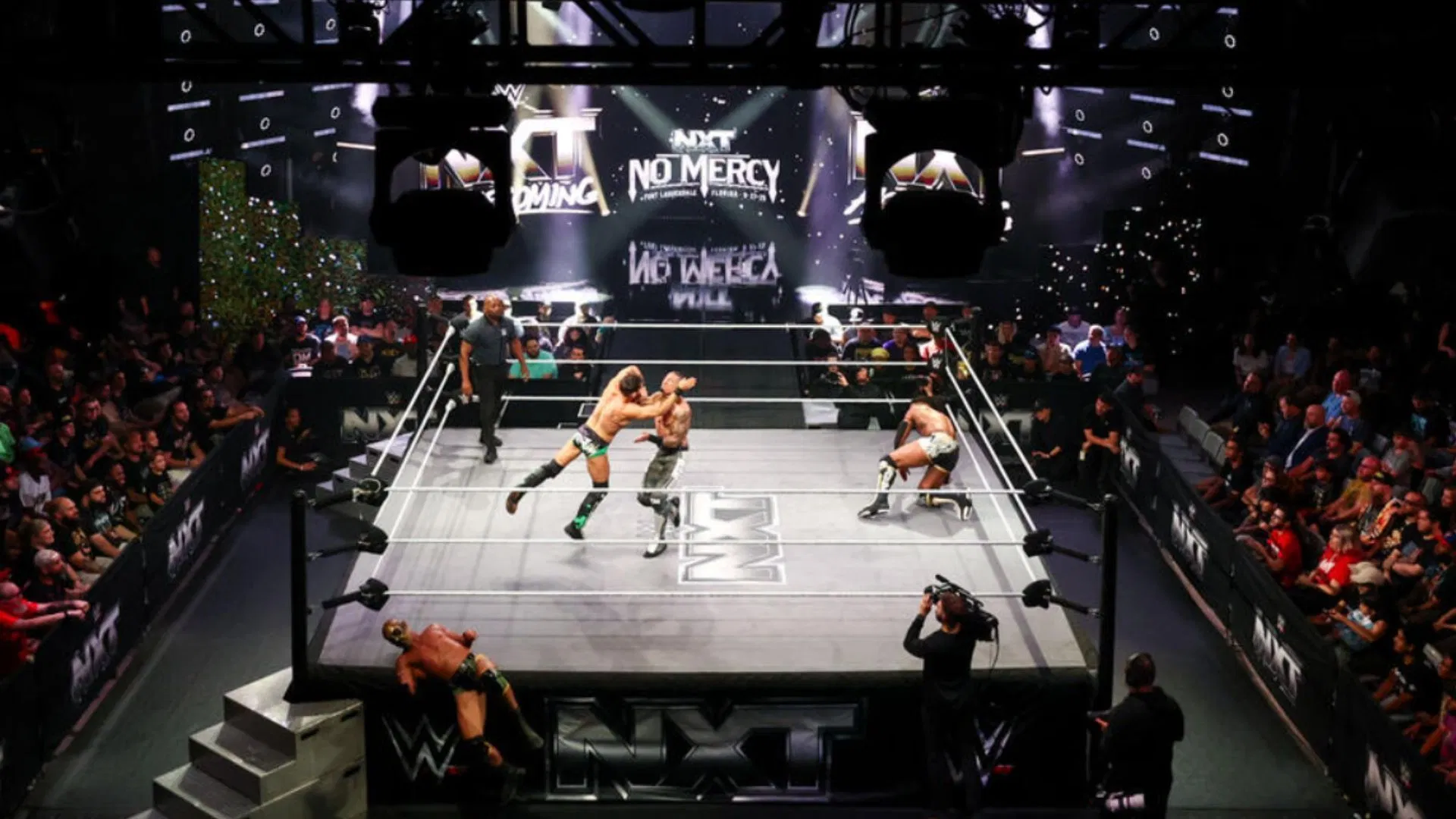By Natasha Bazika
Copyright brisbanetimes

Shortly after the crossing, the air is thick with fog, and fat snowflakes drift down in slow motion. It’s my first proper snowfall of the season, so I bolt to my cabin, pull on my snow boots and jacket, and rush to the promenade deck. And wow, there’s so much of it. I hold out my gloves, catching flakes as they pile up. As we sail on, the snow intensifies, rising from the sea. Then, as quickly as it arrived, it stops. The sky clears, and suddenly, mountains begin to appear on the horizon.
We’ve entered a different world – one where the mountains loom larger, harsher. Most are buried in snow, and the ones that aren’t look almost too sharp to be real, a jarring contrast to the soft, green hills we left behind below the Arctic Circle. There’s barely a sign of life now. The quaint villages, their red-painted walls and grey rooftops have given way to empty, inhospitable land. But then, as we drift into a still, glassy channel, Ornes emerges – a tiny town on the border between the Arctic and the rugged Helgeland coast.
Havila isn’t just a cruise ship. It’s also a working ferry and mail carrier. Over the voyage, we stop at 34 ports, some in the dead of night (4am isn’t exactly sightseeing hour). This stop is a brief 15 minutes – a forklift unloads barrels, a few passengers hop aboard, and that’s it. I don’t set foot in Ornes, but just seeing it feels like discovering a place I never knew existed.
Soon after we depart, the cruise director gathers us for an Arctic crossing ritual – a Viking-style ice bath. A man in tattered grey rags appears and ceremoniously baptises each of us with a ladle of ice water. It’s like being slapped by the Arctic itself. I manage a weak “skal!” before bolting for a hot shower.



